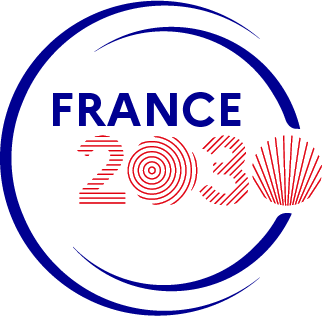The company Quality Electrodynamics, King’s College London and Erganeo have signed a licence agreement for the exploitation of a new MRI acquisition method, a system that enables to quantify non-invasively tissue stiffness. Siemens Healthineers is the first vendor to offer this new solution
Stable and integer biomechanics are central for the body’s survival. Many pathologies manifest themselves by impacting tissue stiffness, such as for instance chronic liver diseases which cause inflammatory and fibrotic processes generating the so-called “stiff liver”. For a long time, manual palpation was the only method to qualitatively probe for liver stiffness and eventually local masses to find signs for liver disease. Magnetic Resonance Elastography (MRE), based on Magnetic Resonance Imaging (MRI), is an innovative technique to generate quantitative maps of the body stiffness utilizing low-frequency mechanical vibrations. The method studies how these mechanical vibrations propagate within the tissues of the patient and converts them into detailed images for stiffness. For the liver for instance, quantification of liver stiffness is of high diagnostic value due to the prevalence of liver fibrosis originating from obesity, which renders the liver stiff. Thereby manual palpation is turned into a quantitative method.
Professor Ralph Sinkus from CNRS and his team (Omar Darwish and Radhouene Neji from King’s College London and Giacomo Annio from INSERM) worked during five years on an EU-funded Horizon 2020 project based on MRI to address the fundamental need in the planning and monitoring of cancer treatment by measuring the mechanical forces active in cancer. « We proposed novel MRE technology including new hardware, data acquisition techniques, and post-processing methods that allow to quantify tissue mechanics with high precision at the clinical level. » says the Professor. A precise, affordable, and reliable concept that allows translation to different organs using the same hardware approach (liver, breast, brain, kidney, pancreas or prostate).
The generation of pure mechanical vibrations within the magnetic environment of an MRI system is far from simple. « Our team came up with a very innovative solution using the forces generated by a fast-spinning eccentric mass as source and we coined that approach “gravitational transducer” as it uses the equivalence of acceleration to force. The concept is like the technology that makes one’s cell phone vibrate. It united all technical requirements and allowed – due to the gravitational concept of generating pure vibrations – for very strong mono-frequent waves. » explains Ralph Sinkus.
This innovation is in the process of being commercially translated to the clinic thanks to the support and guidance provided by the European research and development ecosystem. Indeed, the project was supported by the European Commission in 2016 as part of a Horizon 2020 project entitled Imaging the Force of Cancer . Then, Erganeo managed the intellectual property held by French institutions (CNRS, INSERM, Université Paris Cité, Université Paris Nord) by software deposits and know-how in 2022, in addition to the intellectual property managed by King’s College London.
In 2021, the promises of this new technology and its readiness for industrial translation interested the company Quality Electrodynamics, to build a product based on the research results that had been conducted.
Today, Siemens Healthineers, as global leader in MRI technology, is the first vendor planning to offer this new solution for its 1.5T and 3T MRI scanners. « This collaboration with a world leader in healthcare solutions and services reflects the quality of collaborative research carried out of the European level. We have always been convinced that French Research could bring, through European collaborations, numerous solutions to the market, particularly in the medical field where the need is substantial. », commented Naceur Tounekti, President of Erganeo.
Siemens Healthineers took the opportunity of the RSNA event in Chicago in November 2023 to present this new product. « We are proud to be the first to offer a new Magnetic Resonance Elastography device », says Rebecca Ramb, Vice President Magnetic Resonance, Research & Clinical Translation, at Siemens Healthineers. « We collaborate with both renowned research partners and 3rd party companies to translate innovative methods into new solutions. These partnerships are key to bringing new methods into the clinic faster - for the benefit of patients. »


